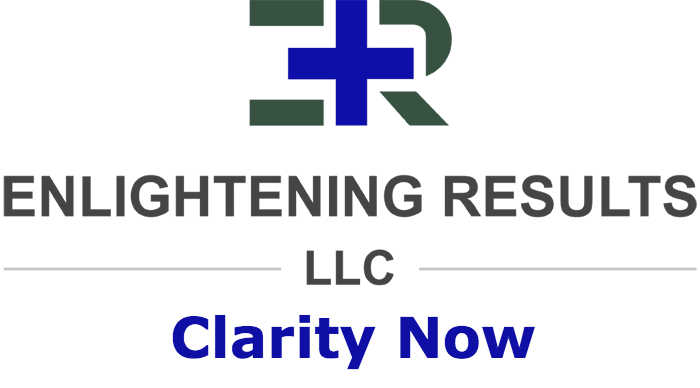The Other Side of Pinktober
/It’s October, or Pinktober, as we witness the transformation of basically everything, from tortilla chips, to dogs, clothes, billboards, feather boas, and all of social media for breast cancer awareness. It’s time to refresh the message. We are aware of breast cancer. What many aren’t aware of is that a specific type of breast cancer, metastatic breast cancer (MBC), has no cure. It will kill every single person diagnosed with it. That’s a far cry from all the hopeful pink washing that happens every October. It’s not pink, cute, fluffy, or fashionable. The only thing that will save those with MBC is research that will drive cures and improve the lives of those living with the disease.
So what’s it like living life with MBC?
During our #bcsm tweet chat 2 weeks ago, a question was posed about what we each could do to bring awareness to MBC during Pinktober. I struggled for 2 weeks to try to find a good answer. One I could act upon. I needed to DO something.
As an oncology patient advocate, I’m passionate about elevating the patient & carepartner’s voice. I am a firm believer in sharing patient stories. That’s where the authenticity is. That’s where we can all learn and best support each other. I have been blessed to be a part of the #bcsm community and have learned so much over the last 2 years. One night it dawned on me. I wanted to bring all of the lived MBC patient and carepartner experiences to reside in one location. While anyone can look up the meaning of MBC, it’s hard to find what it’s like really living with MBC.
My colleague and good friend, Jen Horonjeff, is the founder of Savvy Cooperative, a patient co-op that emphasizes the importance of including patient insights in designing healthcare. Savvy’s patient community recently launched a new initiative: Animate Health. Animate Health does just that, it goes beyond the clinical and textbook definitions of a condition and helps animate what people actually go through in light of a diagnosis and how it impacts them physically, socially, emotionally, financially, and beyond.
Animate Metastatic Breast Cancer
I asked Jen if we could create one for MBC and she was fully supportive and spear-headed the initiative. We would like this to be our way as advocates to bring awareness to the patient experience of living with MBC during the month of October (and beyond!). We would like to understand what areas are of most interest to the MBC community. We want to hear your stories of living with MBC, the stories of loved ones, and the stories of those who have been stolen too early from us by MBC.
We would be honored if you would join us in this quest to bring reality to Pinktober and breast cancer awareness as we know it. Let’s animate MBC for those who don’t understand its dramatic impact. Our hope is that everyone who wants to can contribute their thoughts, experiences, and stories throughout the month of October and continue the conversation throughout the year. Those with MBC know that awareness does not end when the month of October is over.
Fulfilling a promise
In one of my last messages to Beth Caldwell, a fierce advocate for MBC who was killed by this horrible disease, I told her how grateful I was to have met her through the #bcsm tweet chats and how much I have learned from her. I also promised her I would find every way I could to drive more awareness about MBC and to elevate the patient voice. I hope I can work towards fulfilling that promise with this project and with your support. Please let me know if you have any questions.
If you would like to help Animate Metastatic Breast Cancer, please:
Visit Savvy’s Animate Metastatic Breast Cancer
Register to create a Savvy login (all information on Savvy is kept private, never sold)
Once logged in, select Animate Health from the menu, click on “Metastatic Breast Cancer”
Review the current animation categories that span a wide variety of topics (currently over 20 cards)
Add comments or stories in any or all categories with your lived experiences and perspectives
Add a new category if a topic of interest is not represented
Rate how much these areas impact your life, on a 0–5 star scale (no impact to huge impact)
Questions?
Reach out to jen@savvy.coop or enlighteningresults@gmail.com (Grace)
I look forward to continuing to learn from all of you. Looking forward to refreshing breast cancer awareness together.

